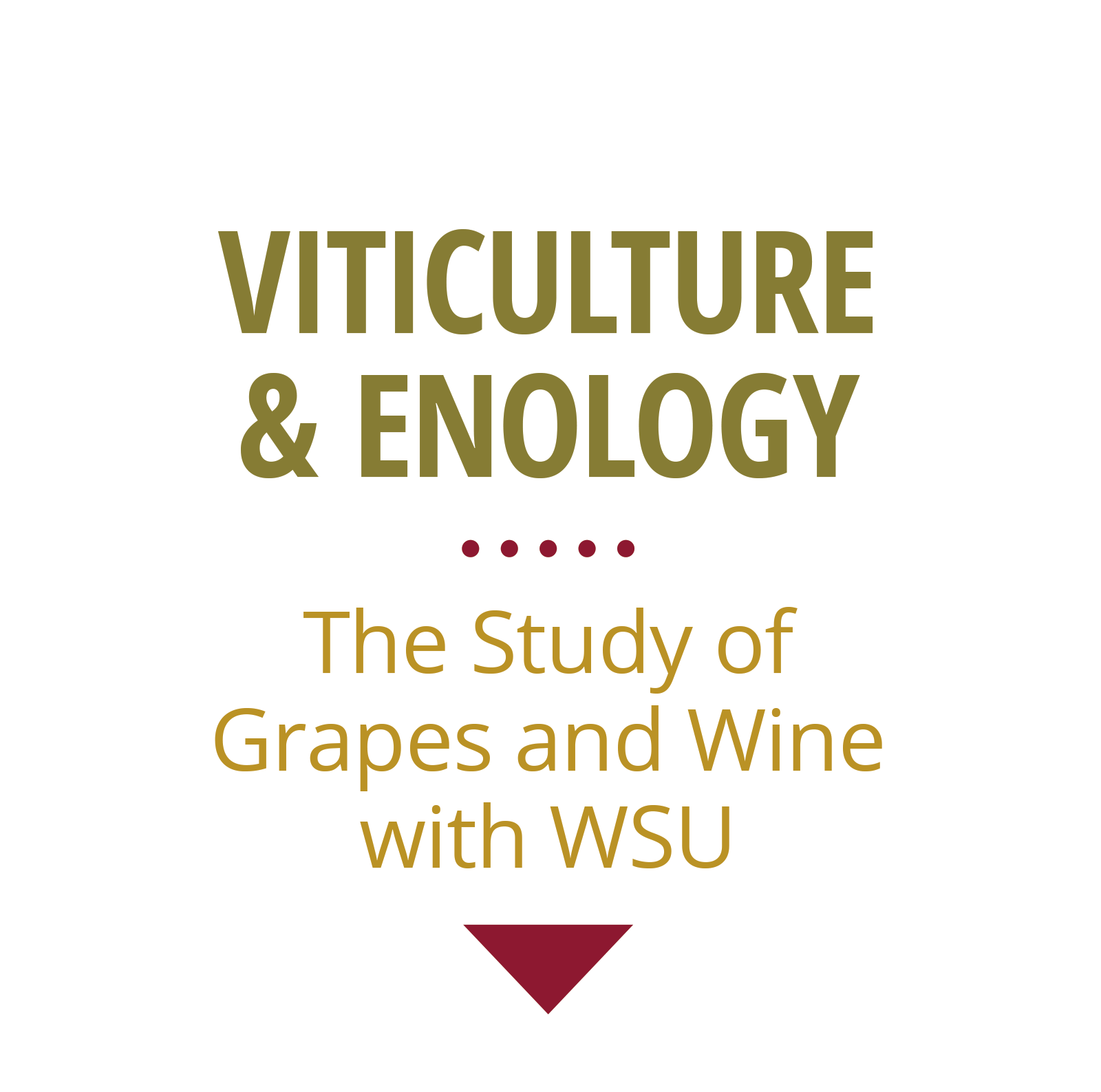Phylloxera Management Resources

Best Practices for Restricting Phylloxera Spread
- National Phylloxera Management Protocol (.pdf) – Australia
- 2019 Harvest-Time Best Management Practices in the Vineyard and Winery (.pdf) – Washington Winergrowers Association
- Boot Wash Stations – Checklist and Resources (.pdf)
Scouting for Phylloxera
- Phylloxera Awareness (.pdf) – Fall 2019 Viticulture and Enology Extension News
- Learn To Scout for Phylloxera (video) – October 2020 – Good Fruit Grower Magazine
Biology and Management of Phylloxera
Rootstocks – Long-term Solutions for Phylloxera
- Rootstock Selection (PDF) – OSU #EM8882
- Rootstock Selection (PDF) – Pages 12-15 in: Wine Grape Varieties in California. University of California Agricultural and Natural Resources Publication
- Rootstocks as a Management Tool (PDF) – Report by Wine Australia
Rootstocks Trials in Washington State
- Rootstock effects on deficit-irrigated winegrapes in a dry climate: Grape and wine composition. (AJEV)
- Rootstock effects on deficit-irrigated winegrapes in a dry climate: Vigor, yield formation, and fruit ripening. (AJEV)
- Irrigation and Rootstocks to Manage Northern Root-Knot Nematode in Wine Grape Vineyard Establishment (Plant Health Progress)
- Field Performance of Wine Grape Rootstocks and Fumigation During Establishment Phase in Washington Vineyards (AJEV)
- Vitis spp. Rootstocks are Poor Hosts for Meloidogyne hapla, an Nematode Commonly Found in Washington Winegrape Vineyards (AJEV)
- Evaluation of Rootstocks on Harvest Metrics of ‘Pinot Noir clone 02A’ Wine Grapes in Maritime Western Washington (HortTech)
Phylloxera is a small aphid-like insect that feeds on grape roots.
It has been detected in limited instances Washington vineyards since 1910, primarily in juice grapes (hybrids with Vitis labrusca and Vitis vinifera ancestry).
But recent surveys from growers, WSU, WSDA, and USDA have found it to be a present in more own-rooted wine grape (V. vinifera) vineyards than previously thought.
Annual Grape Pest Management GuideField Guide for Integrated Pest Management in PNW Vineyards
Washington State Phylloxera Risk Map
Phylloxera is a quarantine pest for Washington State.
Risk of establishment and survival described below only applies once the pest is introduced to the site. If you are growing grapes at a site that has soil conditions that are rated as moderate to high risk, and you currently do not have phylloxera, your best course of action will be following practices to avoid its introduction, such as:
- Continue to follow state quarantine restrictions on grapevine out-of-state imports (certified vines only)
- Consider only importing certified, bare-root planting materials (for easier root inspection)
- Reduce the movement of soil between vineyard locations
A full article on the map development process can be read at: Chandel, A.K., G.A. Hoheisel, M.M. Moyer, M. Keller and L. Khot. 2022. Soil and Climate GIS Data-Derived Risk Mapping for Grape Phylloxera in Washington State. Frontiers in Plant Science. DOI: 10.3389/fpls.2022.827393

Want a site-specific risk assessment? Take a soil sample and evaluate for sand content. You can then follow the categories below to determine phylloxera establishment and survival risk at your specific location. You can use soil temperature data, if you have it, to further refine your site-specific risk assessment.
If your vineyard is in a moderate to high-risk category, sampling for the presence of phylloxera in areas where vines may show signs of slow growth and development is recommended.
If considering a vineyard replant or new vineyard development, the use of phylloxera-resistant rootstocks is recommended for moderate to high-risk sites.
Sand-based
Low risk = sand content greater than 80%
Moderate risk = sand content between 65 and 80%
High Risk = sand content less than 65%
Temperature-based
Low risk = soil temperatures below 65oF or above 84oF
High risk = soil temperatures between 65 and 84oF
(Average soil temperature at 8″ depth between June and August)
Overall
Considers that sand soil content is the most important risk factor for survival of phylloxera, but that survival can be moderated by temperature.
This mapping effort was possible by a grant from the Washington State Grape and Wine Research Program and funded by Washington State University, Auction of Washington Wines and all Washington State wine grape growers and wineries through the Washington State Wine Commission.


